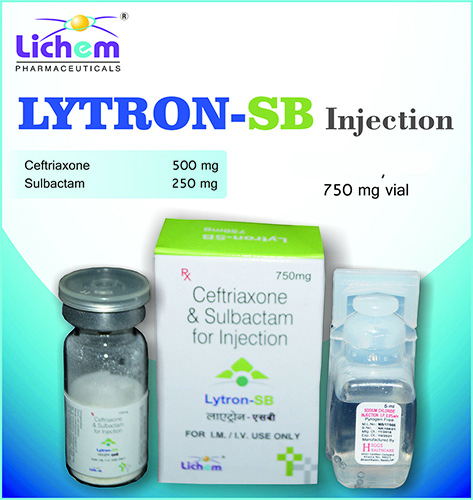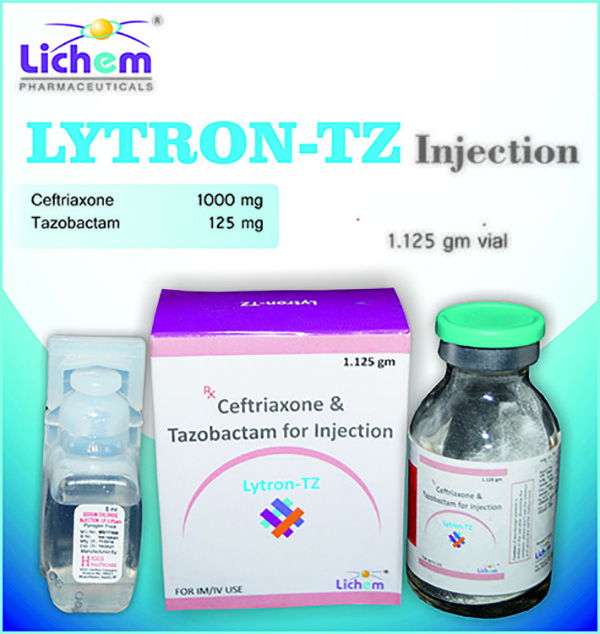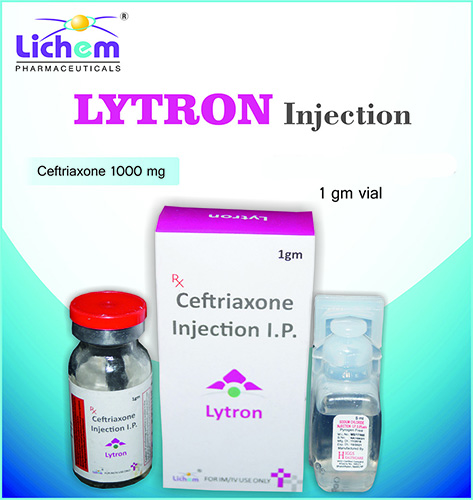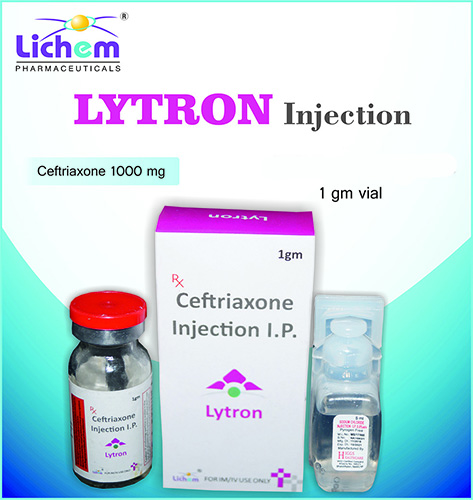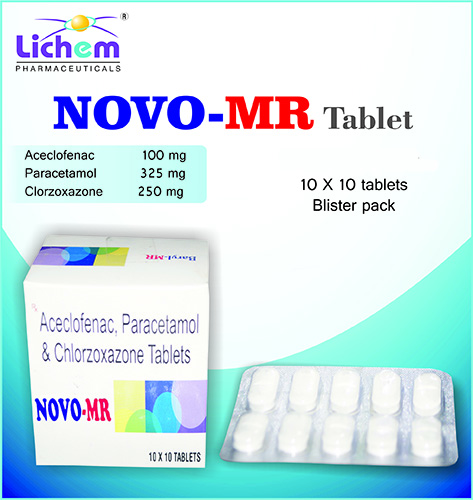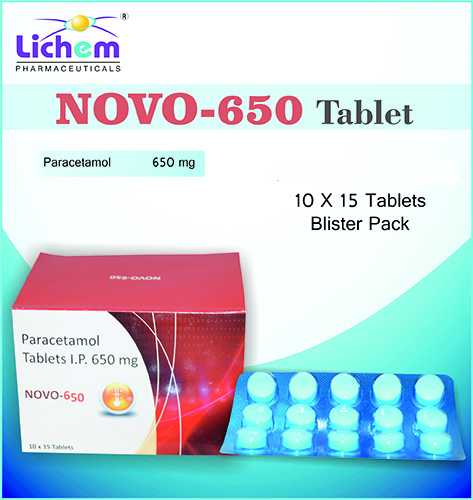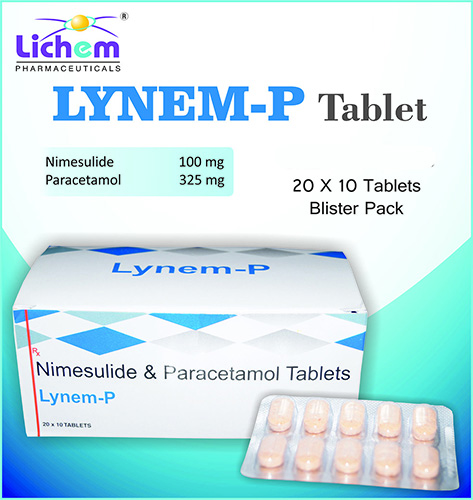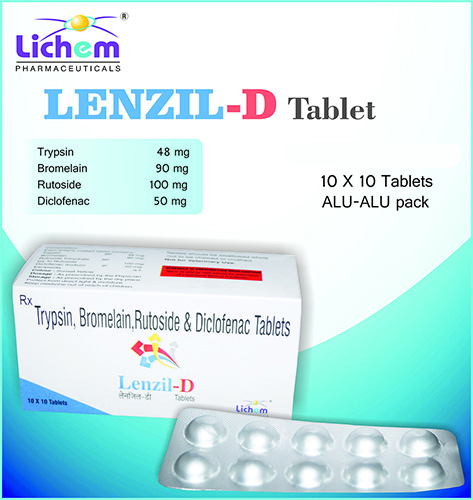Composition : Ceftriaxone 500mg + Sulbactam 250 mg Ceftriaxone : This is a cephalosporin antibiotic that kills bacteria by preventing them from forming cell walls. Sulbactam : This is a beta-lactamase inhibitor that protects ceftriaxone from being inactivated by certain enzymes produced by bacteria. This combination is effective against many types of bacteria, including both gram-positive and gram-negative bacteria. It's often used to treat serious infections, such as: Respiratory tract infections: Pneumonia, bronchitis Skin and soft tissue infections: Cellulitis, abscesses Urinary tract infections: Complicated UTIs Intra-abdominal infections: Infections of the abdomen Sepsis: Blood infection INDICATIONS Septicemia Meningitis Peritonitis UTIs RTIs SSTIs Endometritis
Send Message